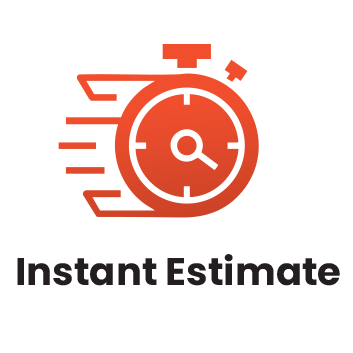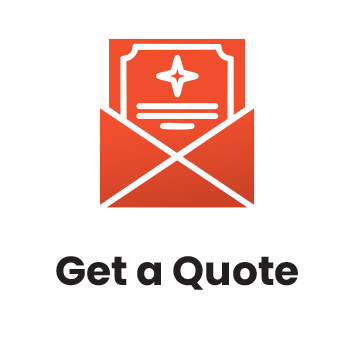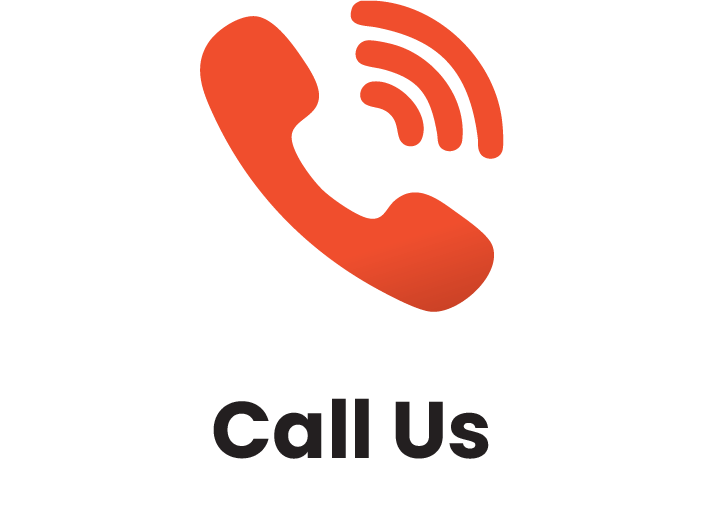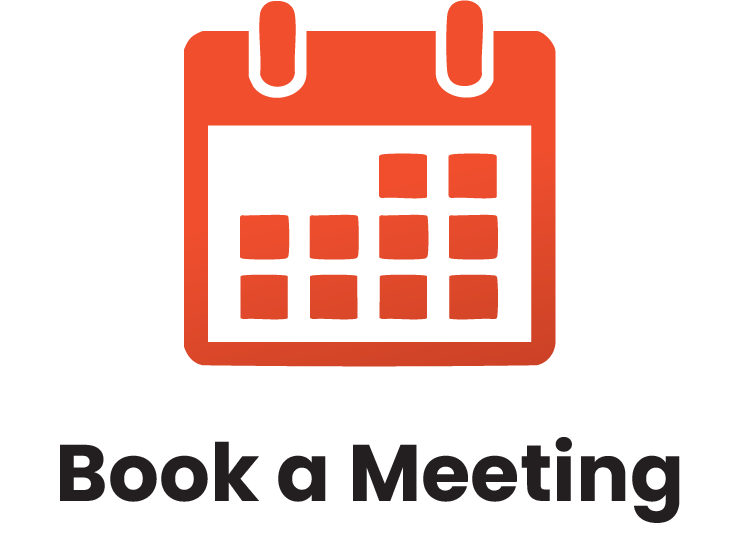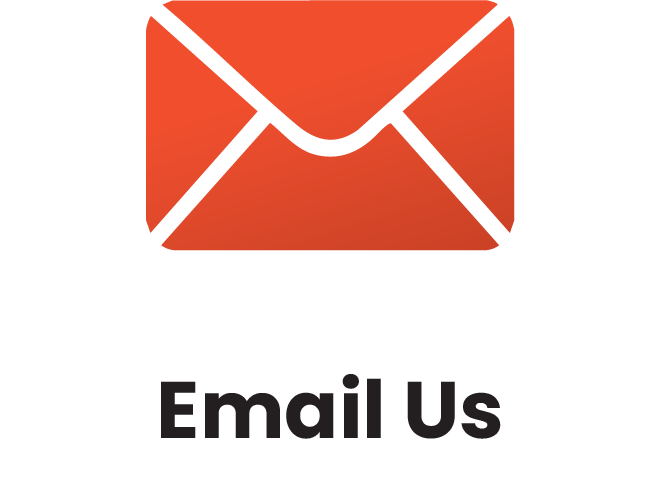Interactive training sessions led by experienced facilitators.
What is In-Person, Instructor-Led Training?
Our in-person training is delivered by a live facilitator who works directly with your team at your location. It’s our most popular format because it allows for real-time interaction, hands-on learning, and direct support.
Every session is tailored to your team’s specific goals, industry, and challenges—no generic, one-size-fits-all programs. Whether it’s a single session or a full training series, we design the experience to be relevant, practical, and fully aligned with your needs.
What is Live Webinar Training?
Live webinars are facilitator-led training sessions delivered online in real time. They’re ideal for teams working in different locations or with busy schedules.
This format offers shorter, more frequent sessions that are easy to coordinate—making it a convenient option for organizations with remote or distributed teams.
What is Virtual Classroom Training?
Virtual Classroom training is live, instructor-led training delivered online. It offers the same interactive experience as in-person sessions, with real-time discussions, group activities, and instructor feedback.
It’s a flexible option for organizations that want to reduce travel, save costs, or better fit training into busy schedules.
What is a Lunch & Learn Session?
Lunch & Learn sessions are short, facilitator-led training sessions delivered in person or online—typically during the lunch hour. They focus on specific topics or skills and offer a quick, engaging way to learn without a full-day commitment.
These sessions can be offered as one-time events or as part of a series, making them a great option for ongoing, bite-sized learning.
Online Learning
Enjoy our self-paced option and learn from anywhere!
$279.00 USD
Business Writing That Works
We all know what good writing is. It’s the novel we can’t put down, the poem we never forgot, and the speech that changes the way we look at the world. Good writing is the memo that gets action and the letter that says what a phone call can’t.
In business writing, the language is concrete, the point of view is clear, and the points are well expressed. Good writing is hard work, and even the best writers get discouraged. However, with practice you can feel more confident about your own writing. This two-day workshop will give participants the tools to become better writers.
What Will Be Covered
LEARNING OBJECTIVES
Learning Objectives
Specific learning objectives include:
- The value of good written communication.
- How to write and proofread your work so it is clear, concise, complete, and correct.
- How to apply these skills in real world situations.
- Understanding the proper format for memos, letters, and e-mails.


A Deeper Look
COURSE OUTLINE
A breakdown of each session included in this course.
You will spend the first part of the day getting to know participants and discussing what will take place during the workshop. Students will also have an opportunity to identify their personal learning objectives.
Why Write?
Many people feel that writing is a burden or something they should be able to delegate. This session will help participants identify the value of writing.
The Four C’s
During the morning of Day One, you will discuss four of the C’s of writing with participants: clear, concise, complete, and correct. Participants will practice each C through writing exercises.
Word Agreement
During this session, participants will explore word agreement through a brief lecture and a writing exercise.
Active and Passive Voice
Most people prefer to read writing that is in the active voice. We will discuss and practice both voices during this session.
Sentences and Sentence Types
This session will discuss the structure of sentences and paragraphs. Then, participants will apply this knowledge to a writing exercise.
Readability Index
The Gunning Fog Index, also called the readability index, determines the difficulty level of a written piece. Participants will apply the index to a sample and to their own work.
Manners and Courtesy
Courtesy is an important principle of good business writing. During this session, participants will examine and rank several business letters, helping them explore their own style and preference.
Practical Language
It is important to use words that best reflect what you are trying to say. In this session, we will examine some common dilemmas (such as fewer vs. less) and suggested solutions.
Inclusive Language
Another key part of writing is political correctness. Participants will have an opportunity to re-write some exclusive terms to make them inclusive.
Sentence Construction
The two basic rules for constructing sentences are: use construction that makes meaning clear and keep construction parallel. Participants will re-write sentences that don’t follow these rules.
Punctuation
During this session, participants will work in teams to develop a series of test questions for other teams. We have included some key points that you can use to debrief the test.
Writing Business Letters
This session begins with three lectures on the steps for writing a business letter, types of letters, and the parts of a business letter. Participants will then examine samples of business letters to determine the type and the parts of each letter.
Writing Effective E-mails
Virtually everyone today uses e-mail to communicate at work and at home. This session will give participants some tips on writing effective e-mails and managing mail.
Spelling and Proofreading
Proofreading carelessly can spoil a writer’s best efforts. This session will help participants identify common spelling errors and practice their proofreading skills.
Writing Memos
Memos are another challenge that many writers face. We will examine memos through a brief lecture and a fun exercise.
Reviewing Your Writing
In this session, participants will customize a checklist to help them ensure that each document is the best that they can do.
Writing Challenges
To wrap up the workshop, participants will work in small groups to identify some possible solutions to the ten most common writing challenges.
Workshop Wrap-Up
At the end of the workshop, students will have an opportunity to ask questions and fill out an action plan.

